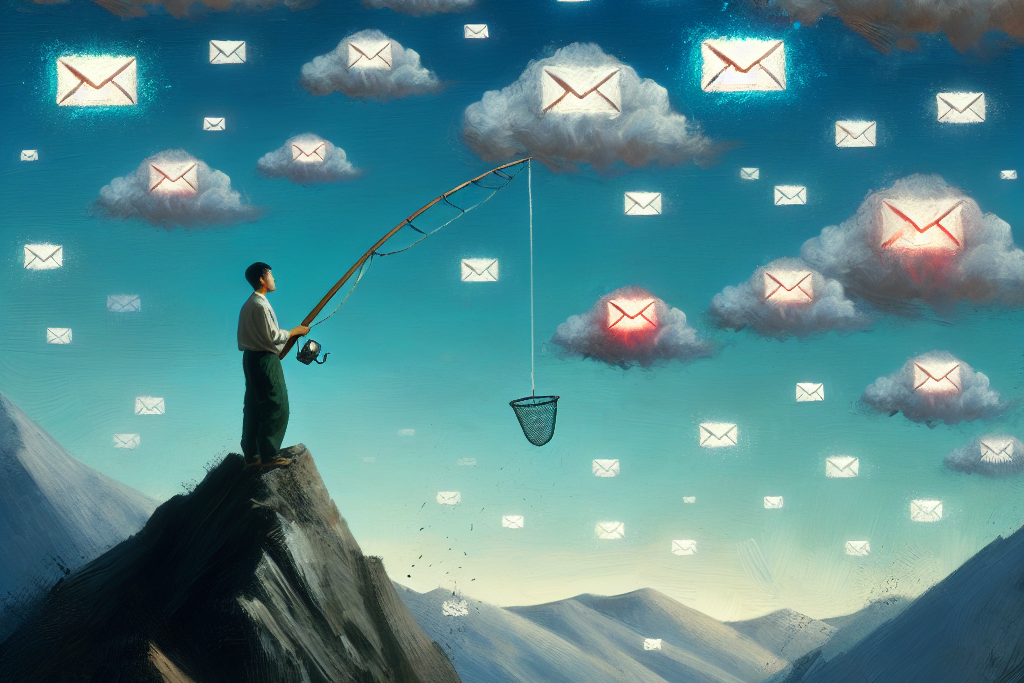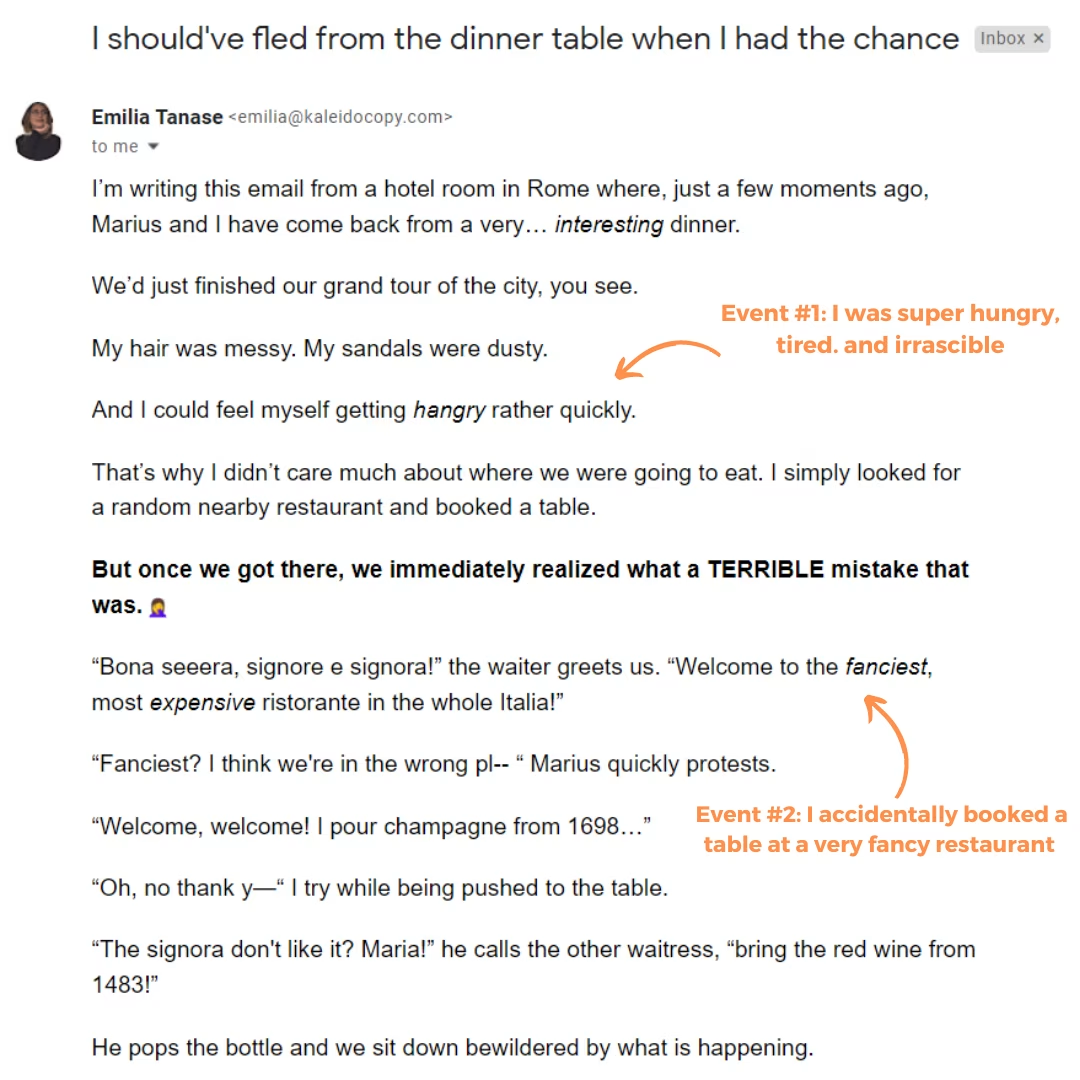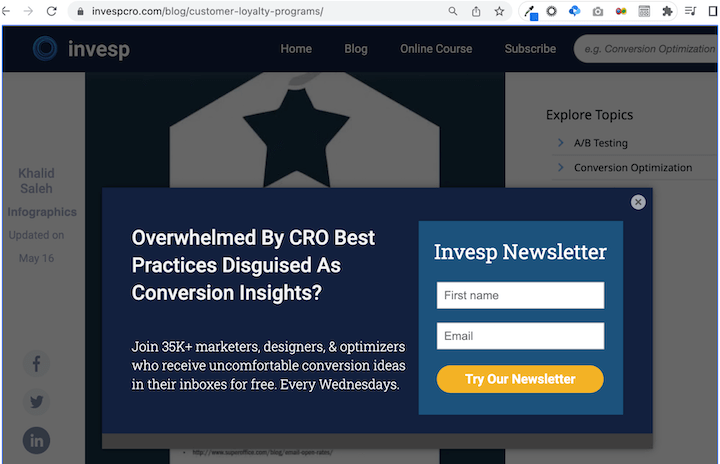If you’re not in the email marketing world yet, get ready to have your mind blown.
Most marketing emails just look like an ad and are completely uninteresting. They can’t make you read for more than ten seconds, let alone make you chuckle and enjoy them.
Good emails are actually fun to read, they’re not just dull ads.
With email marketing, your goal should be to build a relationship with the reader… To be a name the reader recognizes, remembers, and talks about with other people.
When you form a relationship, they will look forward to seeing your name in your inbox and they WILL click the links you put in your emails.
How do you build a relationship over email? By entertaining your readers and genuinely helping them better themselves .

We already established this – good emails DON’T look like ads. You can just go to your inbox and find a ton of emails like these (which you probably completely ignored):
“Thanks for signing up…We’re this, we’re that… We, we we… Here’s 20% off your next purchase for no reason at all. Thank you for reading!”
Whenever you advertise, you have to remember that people are interested in themselves, not in you.
These are generally the three things you should be doing in your emails.
For entertainment – I’m talking stories, characters, emotions, exaggeration, anecdotes, lessons…
These hook the readers, making your emails something they WANT to read. Think about it, if your audience loves reading your emails, they will willingly be sold by you.
Here’s an example of good email entertainment:

Source: https://zapier.com/blog/story-based-email-marketing/
Once you hook your readers and entertain them, it’s easy to segue into your product and provide a link to buy it.
I haven’t read the whole email, but for example – let’s say Emilia sells wine. After the story, she could have just said the wine was the best she’d ever had. She could have talked about how great it tasted and how special it made her feel. Then, she could have shared a link to buy it.
If you just shift your mindset from advertising to entertaining, you will make huge progress in your email marketing game.
Although using a story is amazing to start a marketing email, it’s not the only way. Another framework you can use is PAS: Problem-Agitate-Solution.
In this model, you start talking about a problem that your audience relates to. Then, you explain the problem more and put some salt on the wound (agitate), and in the end, you give your solution to the problem (your product).
Let me give you a weight loss example so you can understand PAS a bit better:
This way, people will feel like you truly understand their pains and frustrations. It’s like going to a doctor – you’re happy when the doc knows exactly what’s wrong. If people see what you understand, they will trust you have the right solution for them.
Free value is something of value you give people for free. Amazing explanation, I know.
By free value, people mostly think advice, actionable steps, valuable knowledge, etc. It’s used to get people to like you and trust you. At the end of the day, if you learn and get useful things from someone, they must be an expert, right? If they’re an expert, you’re more likely to buy, right?
Yes and no.
Yes, you have to position yourself as an expert, but no – not by giving away tons of advice and traditional free value.
People mostly don’t value the info they don’t pay for. Save that for your paid courses, where people will actually listen and apply what you share. Don’t try to hard-teach your audience, thinking they will “respect” you more – it often backfires and makes you boring.
Another form of free value that works way better is… Drum roll… Entertainment! Have I mentioned that already?
People seek entertainment all the time and handing it to them is much more valuable than giving away the “traditional” free value. Share things about yourself and some stories you heard, give your opinions and your expertise and link your products.
Remember, the goal is to make people excited to read your sales emails!
If you want people to open your emails, your subject lines need to be shocking . “10% off your next purchase!” just doesn’t cut it anymore.
Here are some subject lines I’ve seen from amazing email marketers. Notice how all of them make you think “Hm? How…?”:
Obviously, the subject lines need to be relevant to the text, but don’t be afraid to be a little wild. People love seeing a good subject line pop up on their screen.
… Not really. Some people swear by a specific open rate and click-through rate to aim for, but I don’t suggest you listen to them.
Metrics change all the time, depending on the context. The longer people get emails from you and the more they like you, the more they will open your emails and click your links.
To illustrate this better, let’s take a look at open rates. “Open rate” is the percentage of people that opened your emails. When your significant other sends you a message, you (probably) open it because of the name that pops up on your screen, not because of the content of the message. It’s similar with emails – while a good subject line helps your open rate a lot, your connection to the readers is also important.
Focus on improving the relationship with your readers, entertaining them, and selling them valuable products. If you do that right, the metrics will improve more and more.
Let’s say you sell different training programs – one for young women and one for older men. Does it make sense to send the young women emails like: “This is how losing 20 kilos helped Chris satisfy his wife again”? That probably won’t make them buy.
Segmenting means splitting up your email list into smaller groups based on things like interests or behaviors so you can send more relevant messages.
You can have all kinds of segments that make sense for your business – age, gender, how often people read your emails, what products they already bought…
There are really no set rules about segmenting. Some people send every email to their whole audience and some people send some launch emails only to specific groups.
I know you’re excited to share your stories, make people laugh, and sell them everything you have, but wait a second.
You still need to build an email list. By building a list, I mean collecting people’s emails. You can’t just find people’s email addresses, note them down, and start blasting them though. They need to consciously give you their email address and agree to receive emails. Make sure to respect the law while doing this:
Now that we got the boring legal stuff out of the way… You need to give people a REASON to give you their emails. Here’s how you can do that:

There are a lot of actionable tips to master the art of email marketing, but I only wanted to give you the must-know info to write great emails. Here are the takeaways:
Email marketing is an amazing way to sell your products.

Email subscription is available ONLY TODAY (oh, okay, and tomorrow).
Surely, we respect your inbox! Unsubscription works every day.

We’d love to tailor your experience — which of these best describes you?